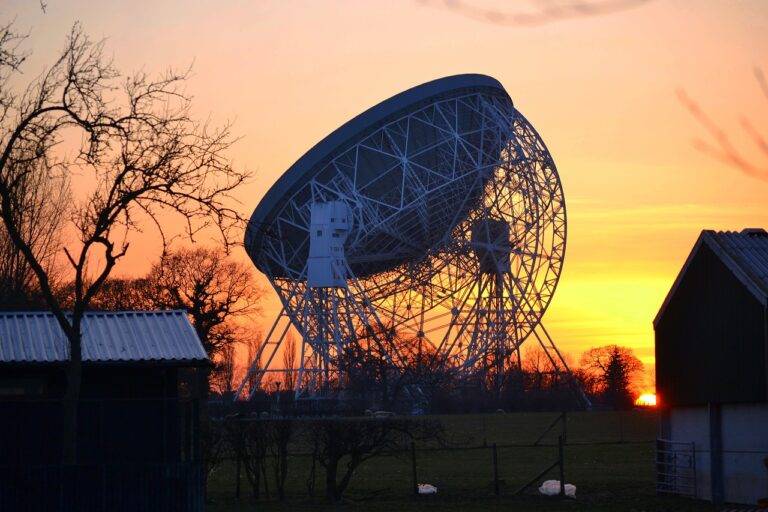The Promise of Fusion Energy: Sustainable Fusion Reactors, Energy Production, and Research Breakthroughs
Fusion energy has long been hailed as a promising source of clean and limitless power. Harnessing the same process that powers the sun, fusion has the potential to provide a constant and sustainable energy supply without greenhouse gas emissions or long-lived radioactive waste. The fusion reaction primarily involves fusing isotopes of hydrogen to produce enormous amounts of energy, offering a nearly boundless fuel supply on Earth.
In addition to its environmental benefits, fusion energy also boasts a remarkable safety profile. Unlike fission reactors that rely on splitting atoms, fusion reactors do not run the risk of runaway chain reactions or meltdown scenarios. This inherent stability makes fusion a highly attractive option for meeting the world’s growing energy needs while minimizing the potential for disastrous accidents.
Challenges in Achieving Fusion Reactors
One of the significant challenges in achieving fusion reactors is the immense heat and pressure required to initiate and sustain a fusion reaction. Replicating the intense conditions found in the core of stars on Earth is no easy task, and scientists are continually working to develop materials and technologies that can withstand such extreme environments without deterioration. The ability to create and confine a plasma with temperatures reaching millions of degrees Celsius is essential for achieving controlled fusion reactions, which remains a complex and demanding feat.
Another obstacle faced in the pursuit of fusion energy is the containment of the plasma within the reactor. Maintaining a stable and confined plasma state is crucial for sustaining a fusion reaction, yet the high temperatures and pressures within the reactor chamber pose challenges in preventing the plasma from coming into contact with the walls. Finding innovative solutions to mitigate plasma instabilities and improve confinement mechanisms is vital for the successful development of fusion reactors as a clean and sustainable energy source for the future.
What is the potential of fusion energy?
Fusion energy has the potential to provide a virtually limitless and clean source of power for the future.
What are some of the main challenges in achieving fusion reactors?
Some of the main challenges include creating and controlling the extreme temperatures and pressures required for nuclear fusion, sustaining the reaction for long periods of time, and finding materials that can withstand the harsh conditions inside a fusion reactor.
How close are we to achieving fusion reactors?
While significant progress has been made in fusion research, there are still many technical challenges that need to be overcome before fusion reactors can become a practical source of energy.
What are some of the potential benefits of fusion reactors?
Fusion reactors have the potential to produce large amounts of energy with minimal environmental impact, reduce our reliance on fossil fuels, and help mitigate the effects of climate change.
Is fusion energy safe?
Fusion energy is considered to be inherently safe, as the reaction can be easily controlled and there is no risk of a runaway nuclear meltdown like in fission reactors.





